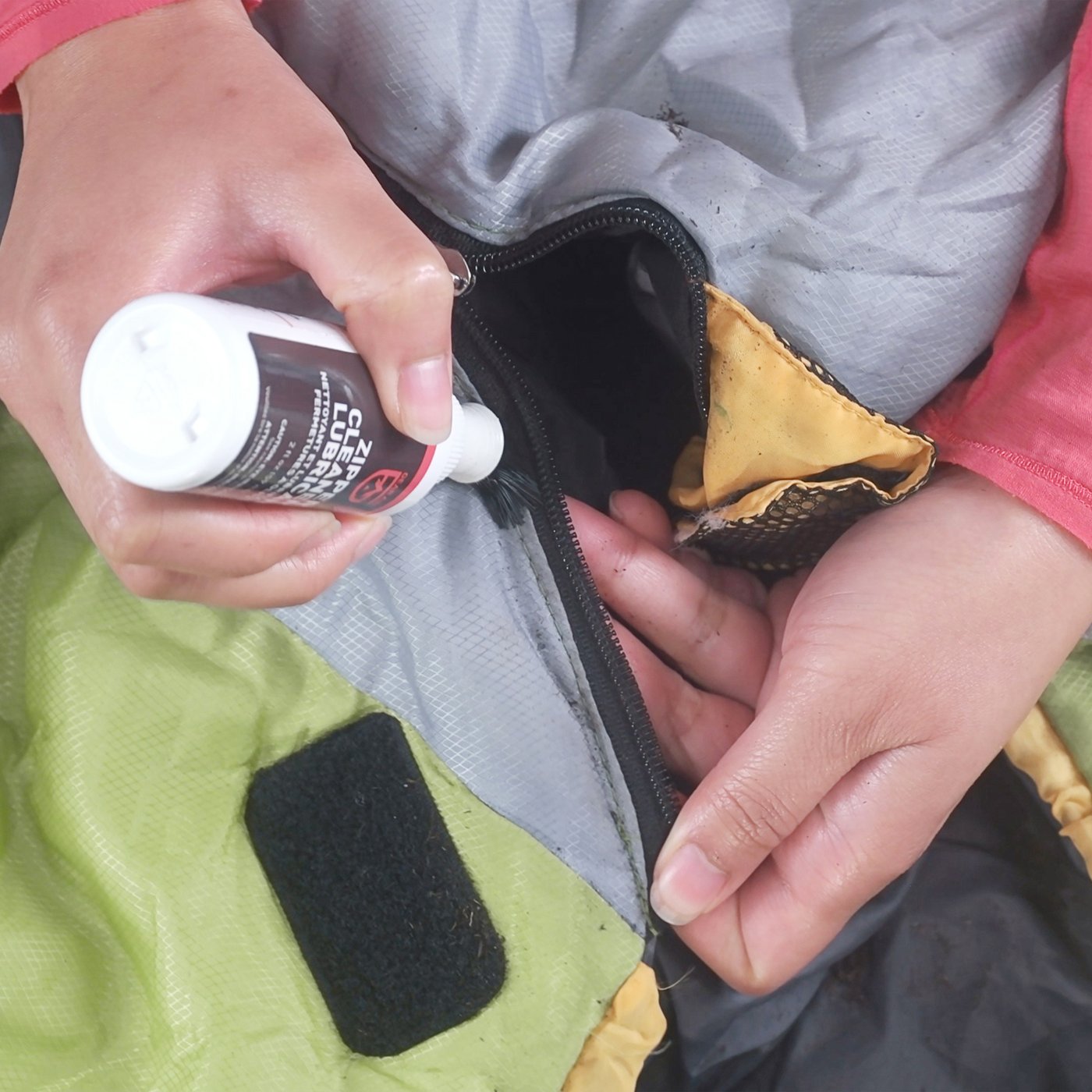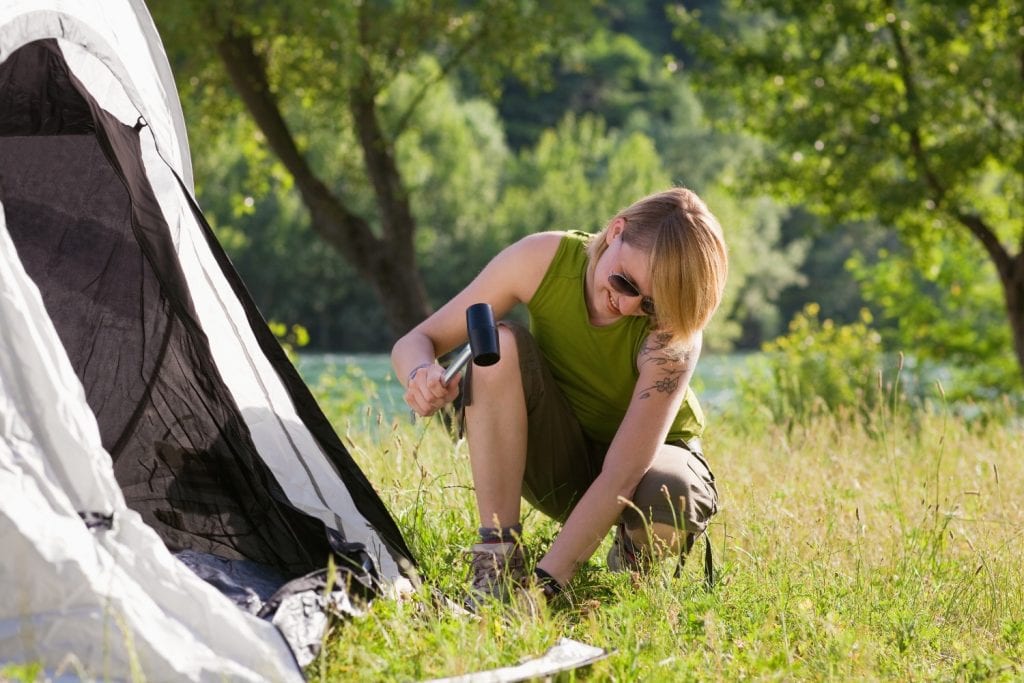
Introduction:
A reliable tent zipper is essential for a comfortable and secure outdoor experience, providing access to shelter and protection from the elements. However, zipper malfunctions can occur, leaving campers in need of effective repair solutions. In this comprehensive guide, we’ll explore the various issues that can affect tent zippers and provide step-by-step instructions for repairing and maintaining zippers to ensure uninterrupted outdoor adventures. From diagnosing common zipper problems to utilizing essential tools and supplies, this guide aims to equip campers with the knowledge and skills needed to address zipper issues, ultimately extending the lifespan of their tent and enhancing their overall outdoor experience.
Part 1: Understanding Zipper Malfunctions
Level 1: Common Zipper Problems
An understanding of common zipper problems is essential for efficient repairs. Issues may include a stuck zipper, broken or missing teeth, a detached slider, fabric snags, or a misaligned zipper track. Identifying the specific problem is the first step in addressing the issue effectively.
Level 2: Assessing the Severity of the Problem
Once the zipper issue has been identified, it is important to assess the extent of the damage. Is it a simple misalignment, or is there structural damage to the zipper teeth or fabric? Understanding the severity of the problem will guide the approach to selecting an appropriate repair strategy.
Part 2: Essential Tools and Supplies for Zipper Repair
Level 1: Basic Repair Kit Components
A well-equipped repair kit is vital for addressing zipper malfunctions. Essential tools and supplies may include a seam ripper, replacement sliders, needle and thread, pliers, zipper wax or lubricant, and a heat source for thermoplastic repairs. These items constitute the core toolkit for effective zipper repair.
Level 2: Additional Supplies for Advanced Repairs
For more extensive zipper repairs, additional supplies such as replacement zipper coils, zipper tape, and fabric patches may be necessary. Campers should ensure they have a comprehensive assortment of supplies to address a wide range of zipper issues and be prepared for unexpected repairs during outdoor excursions.
Part 3: Step-by-Step Repair Techniques
Level 1: Slider Replacement and Adjustment
One of the most common zipper issues involves slider malfunctions. Campers can follow step-by-step instructions to replace a damaged slider or readjust an existing one to restore smooth zipper operation, ensuring the tent remains accessible and secure.
Level 2: Zipper Track Repair and Fabric Snag Removal
Repairing damaged zipper tracks and addressing fabric snags are critical for maintaining the integrity of the tent zipper. Techniques for realigning zipper teeth, removing fabric obstructions, and conducting track repairs can effectively resolve these issues, ensuring the zipper functions smoothly.
Part 4: Temporary Fixes for Field Repairs
Level 1: Immediate Solutions in the Field
When faced with a broken zipper during a camping trip, campers can employ temporary fixes to ensure the tent remains functional. Techniques such as applying lubricant, using a makeshift zipper pull, or realigning teeth can provide temporary relief from the issue.
Level 2: Limitations and Long-Term Planning
While temporary fixes can ensure the immediate functionality of the zipper, it is important to acknowledge the limitations of these solutions and plan for a more comprehensive repair. Campers should prioritize long-term repair strategies once they have returned from their trip.
Part 5: Preventive Maintenance and Care Tips
Level 1: Regular Cleaning and Lubrication
Preventive maintenance is key to preserving the functionality of a tent zipper. Regular cleaning to remove dirt and debris, as well as periodic lubrication with zipper-specific wax or lubricants, can mitigate zipper wear and prevent the accumulation of damaging particles.
Level 2: Storage and Environmental Considerations
Proper storage and care for the tent can also impact zipper longevity. Avoiding prolonged exposure to direct sunlight, moisture, and extreme temperatures can help prevent zipper degradation. Conscientious storage practices can protect the zipper from unnecessary strain and damage.
Part 6: Seeking Professional Assistance
Level 1: Utilizing Manufacturer Support and Warranties
For complex or under-warranty zipper issues, campers should consider seeking assistance from the tent manufacturer. Many manufacturers offer repair services, replacement parts, or warranty coverage for zipper malfunctions, providing campers with professional support and resources to address more challenging problems.
Level 2: Engaging Professional Repair Services
In cases where DIY repairs are not feasible or for extensive zipper damage, engaging professional repair services can offer a comprehensive solution. Professional repair providers offer expertise in handling intricate zipper issues and can ensure the zipper is restored to optimal functionality, extending the tent’s lifespan.
Part 7: Upcycling and Reuse Options
Level 1: Reusing Zippers from Old Gear
Sometimes, a zipper from an old or unused piece of gear can be repurposed for tent zipper repairs. Performing an inventory of old or worn-out outdoor equipment can provide a source of spare zippers that may be suitable for use in tent repairs, offering a cost-effective and sustainable alternative.
Level 2: Upcycling Tent Materials
In cases where a tent has reached the end of its usable lifespan, salvaging functional components such as zippers for use in other DIY projects can offer a sustainable approach to reducing waste. Repurposing tent zippers for items like gear pouches, clothing, or other outdoor gear contributes to a more environmentally conscious outdoor lifestyle.
Part 8: The Importance of Regular Inspections
Level 1: Routine Zipper Checks
Incorporating regular zipper inspections as part of a tent maintenance routine is essential for spotting early signs of wear, damage, or malfunctions. By including zipper checks when setting up and taking down the tent, campers can identify issues before they escalate.
Level 2: Establishing a Maintenance Schedule
Implementing a formal maintenance schedule for the tent, including specific checks and upkeep for the zipper, can help ensure that the zipper remains in optimal condition. Incorporating regular cleaning, lubrication, and inspections into a routine maintenance plan contributes to an extended lifespan for the tent zipper.
Conclusion:
A functional and well-maintained tent zipper is crucial for a smooth and uninterrupted outdoor adventure. By understanding common zipper issues, having the necessary repair tools and supplies, mastering repair techniques, implementing preventive maintenance, and knowing when to seek professional assistance, campers can effectively manage zipper malfunctions and ensure their tent remains a reliable shelter for numerous ventures. Taking a proactive approach to zipper repair and maintenance not only enhances the functionality of the tent but also fosters a more sustainable and responsible outdoor lifestyle, preserving the value of outdoor gear and reducing unnecessary waste in the environment. With the knowledge and skills gained from this guide, campers can confidently address zipper challenges, ensuring their tent zipper is always ready to provide dependable protection and comfort in the great outdoors.



